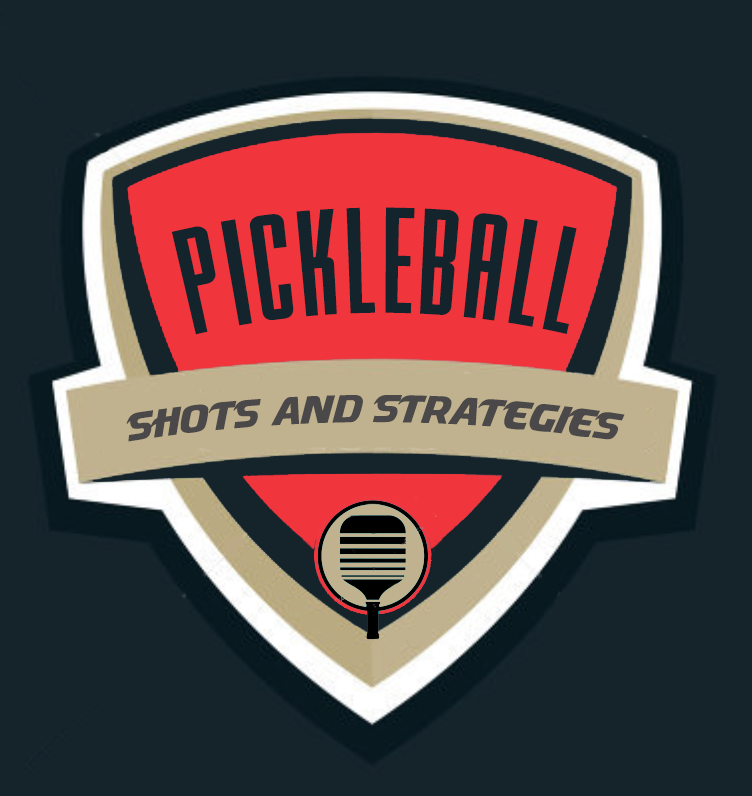THIRD SHOT DRIVE AND 5TH SHOT DROP
The main advantage of a designated strategy of a third shot drive and 5th shot drop is making your opponents hit a volley while you and your partner are in a sound defensive position. You would be a better doubles player if you understood and implemented this strategy.
The purpose of this strategy is to challenge your opponent’s volley and your team stays back to play their volley after the ball bounces. Your opponents rarely hit an ace on their serve or a winner on their return of serve, so the same principle applies. Hit a drive and get ready to play their volley after the ball bounces. The majority of volleys will land in the middle of your court which forces you to move up to play their shot. Since you are about halfway to your NVZ line, develop the control to place a drop shot into their kitchen and both you and your partner should move together and be up at your NVZ line.
The two players of the serving team are playing “skinny singles” which makes it very difficult for the team that is up to hit a winning volley. A drive has a larger window and is therefore an easier shot to hit. One of the players on the serving team hits a third shot drive to force a designated opponent into hitting a volley. Next, one of you will hit a 5th shot drop and move up together as long as you see that the drop shot will be low to your opponents. If you see that the drop shot is hit too high or your partner says, “Oh no”, then stop and back up with your paddle in front of you so you have a better chance of returning your opponent’s attacking shot.
This strategy is a good one because it is easier to hit balls through larger windows and the third shot drive has a much larger window than the drop shot. This play sequence has forced your opponent into hitting a return of serve and then a volley against your hard drive. Now your strategy is to hit a 5th shot drop and move up together.
If you are hitting the 5th shot and want to hit another drive, then communicate with your partner by saying, “No”. That means do not go forward. Bear in mind, hitting a drive and moving forward against good volleyers is more risky because you are initiating a duel and your opponent’s volley will be a challenge. Hitting drives will be more successful when you attack a very specific target area. Most players cover their body with their backhand volley, so aim to their forehand side. Your ball placement requires them to switch over to their weaker side and this quick transition can be a problem for many players.
If your opponent’s return of serve lands short into your service box, you must move forward to play the ball. You have the option of hitting a strong drive to challenge their volley or to hit a drop shot into their kitchen which should be an easy shot because you are closer to the net. It really depends on the skill level of the players that you are playing against. How strong is your drive? How well do your opponents volley? How accurate is your drop shot? A poorly hit drive is better than a poorly hit drop shot.
The main advantage of a designated strategy of a third shot drive and 5th shot drop is making your opponents hit a volley while you are still in a sound defensive position. You really want to test your opponent’s volleys. The challenge of this strategy is can you stay back after you hit your drive? Most players have a habit of moving forward on every shot and this strategy teaches you to stay back.
In many skill levels, hard drives are a more difficult shot for your opponents to play versus a soft drop shot. I often ask my students, would you rather me hit a hard drive or a drop into your kitchen? Most answer by saying that they would prefer a slower drop.
